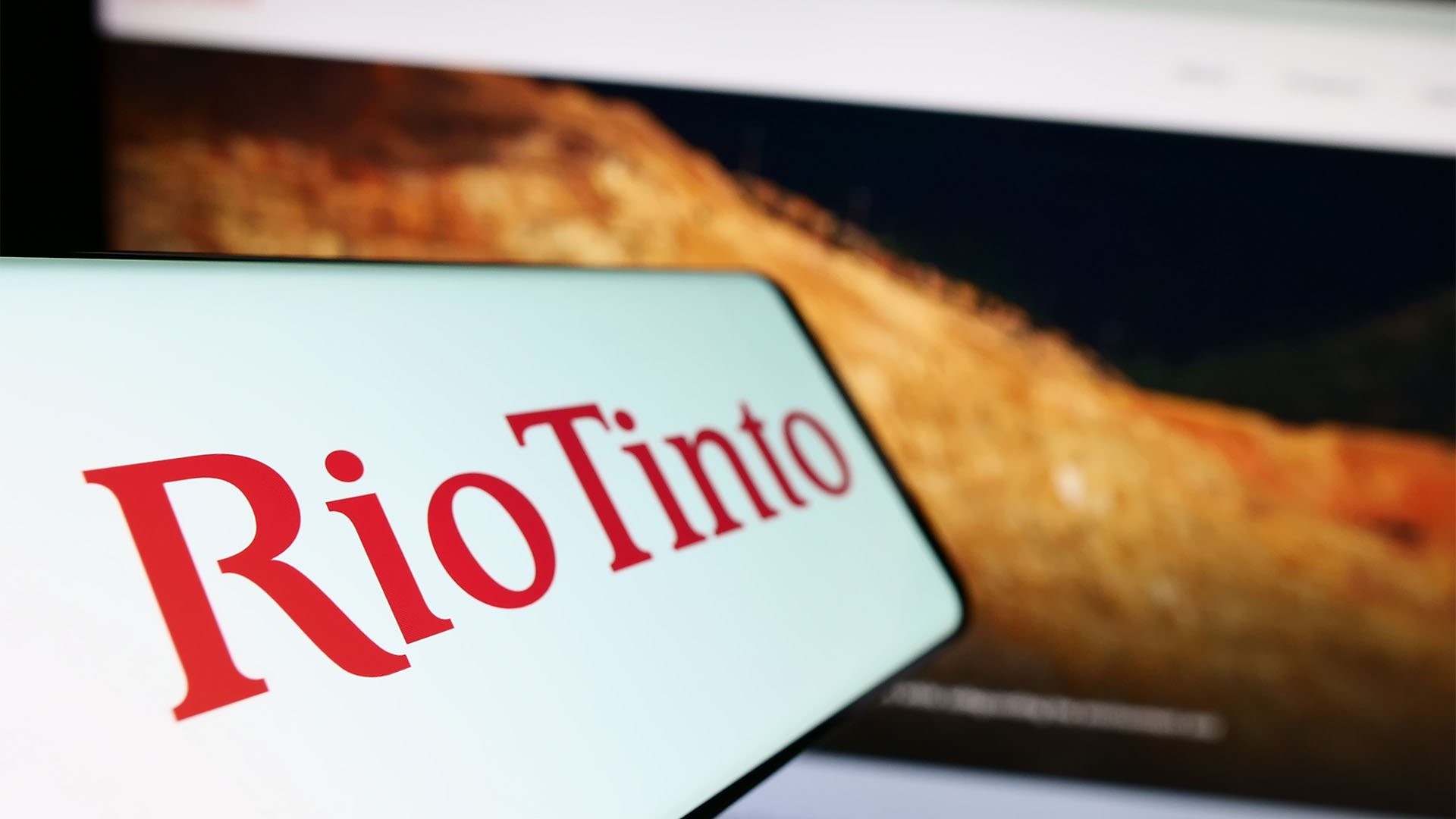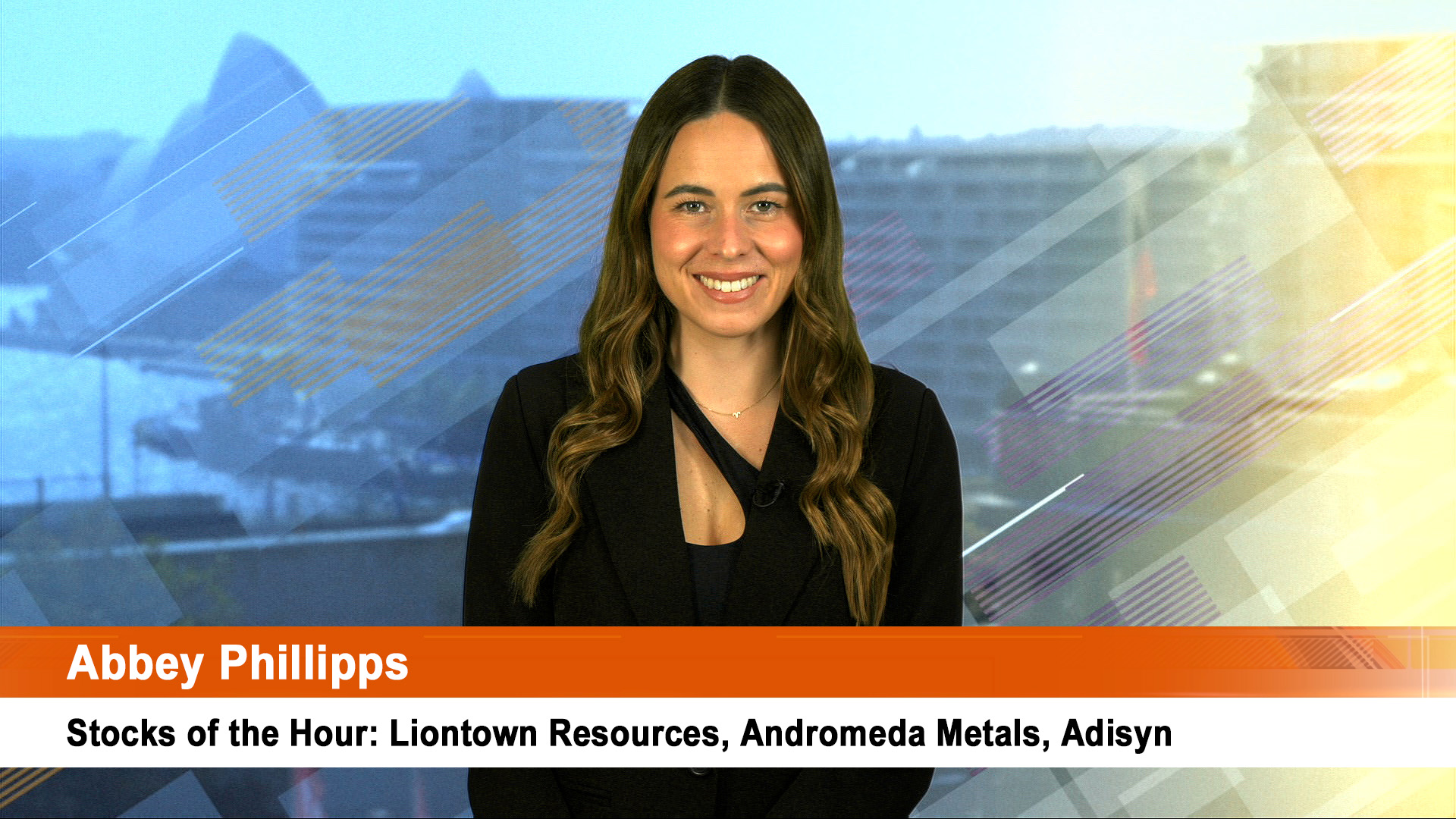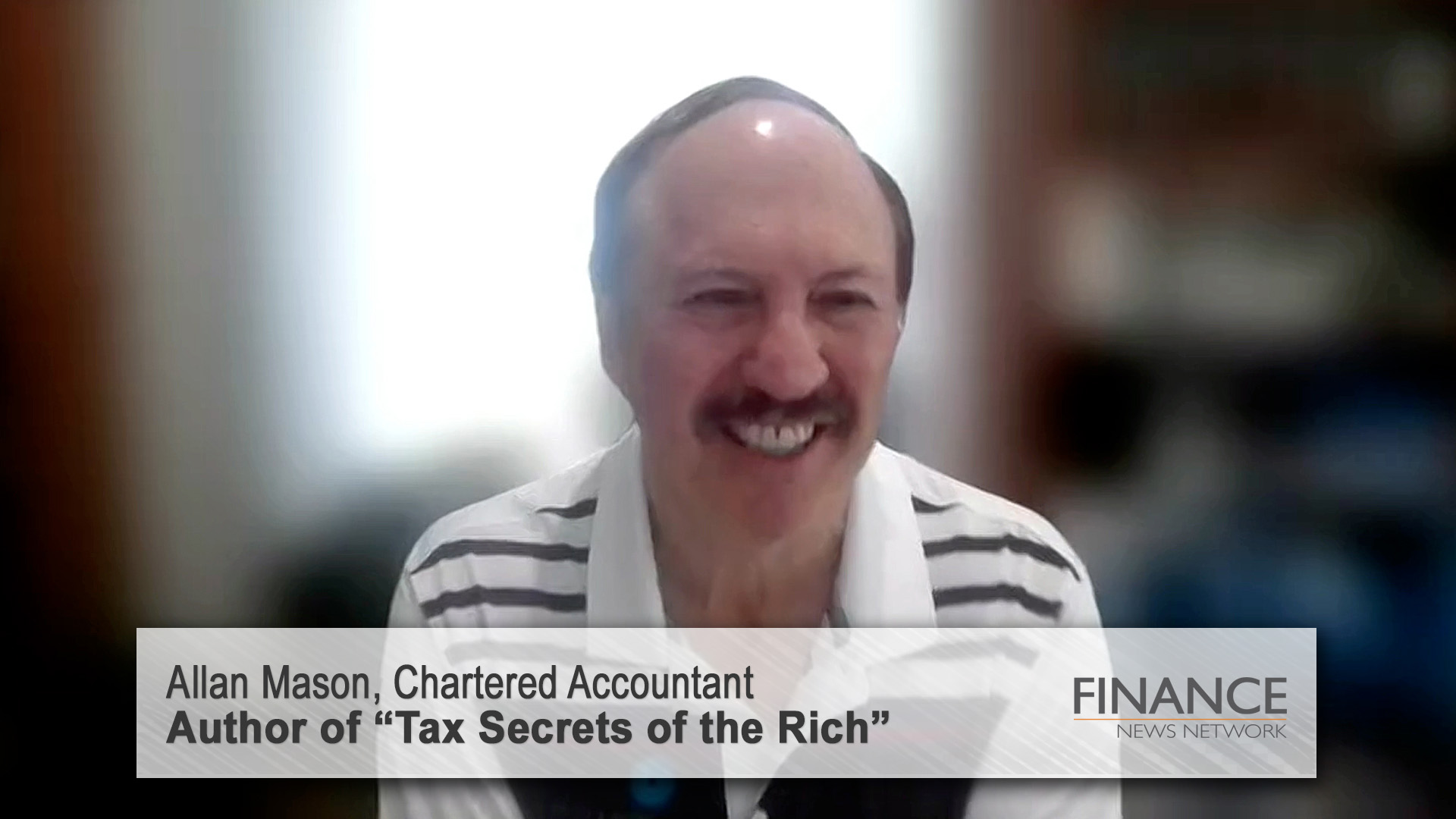
It’s a good thing for Australia that China is spending the best part of $US585 billion on stimulating its domestic economy.
It needs to because there’s no help whatsoever coming from the global economy with another glum export report, this time for May.
But domestic investment continues to rise, stimulated by government spending, and that remains the only hope for the country and for us in Australia.
The message is there from China’s exports which fell by a record 26.4% in May, from May 2008, as the global recession again cut demand for its goods.
They were down 22.6% in April on a year ago and it was the seventh monthly fall in a row.
Imports were down 25.2% in May on May of last year. They were off 23% in the year to April (and down 25.1% in the year to March).

There’s just no demand for China’s exports, as there isn’t any for Germany’s, America’s, Europe’s or Japan’s.
In the year to April or May exports from these areas are down 20% to more than 30%.
And, with the potential dislocation from rising oil and commodity prices (grain prices seem to be gathering themselves for a run upwards shortly), a problem in China would not be good news for Australia.
If the domestic stimulus falls flat, there’s nothing to fall back on.
Lower commodity prices, especially oil, compared with a year ago, are pushing down the value of imports, but the rising level of prices in the past two months is starting to have an impact.
Offsetting this will be the sharply lowered cost of coal and iron ore imports from April 1 which started showing up in their entirety in May.
The trade surplus was $US13.39 billion. The combined value of imports and exports in May was worth $US164.13 billion, down 25.9% in the year to May and off 3.1% from that for April.
Exports in the five months to May totalled $US426.14 billion, down 21.8%, and imports went down 28% at $US337.34 billion.
Xinhua newsagency reported:
"Zhang Yansheng, director of the Institute of Foreign Trade of the National Development and Reform Commission, said the further decline of exports was still a result of falling global trade and a grim real economy.
"China would see exports fall more than 20 percent in the first half of 2009, and exports for the whole year would drop 5 to 8 percent, he said"
To try and encourage exports, China has again tried to make exporting more attractive to local companies by cutting taxes to boost shipments.
A government official said late last week that a quick recovery in trade was becoming less likely.
The higher export rebates (in effect a tax cut) on 2600 types of steel products, electronics, machinery and toys this week was the seventh attempt to boost imports by this method since August of last year.
The State Council warned last week that the country still faces “grim” job conditions with registered unemployment still rising and new job numbers contracting.
But it was better news on the fixed investment front which is where the impact of the stimulus spending is showing up.
China’s spending on factories, property and roads jumped by a higher than forecast 32.9% in the five months to May from the same period of 2008 as the impact of the tens of billions of state spending on roads, rail and other infrastructure continued.
Xinhua said that was "2.4 percentage points higher than that of the first four months".
Car sales have also risen strongly and are forecast to hit a record 11 million units this year (General Motors is booming in China, unlike the US).
There are actually waiting lists now for some popular models. At the end of 2008 and in January, cars went unsold.
To help to sustain spending, the government late last month cut capital requirements for investments in projects in the coal industry, roads, airports and property.
Xinhua reported that the growth rate in spending in the primary sector (farming, fishing, forestry and the like) remained highest, up by 79.7% in the first five months.
The secondary sector saw investment rise by 29.1% and the tertiary sector by 34.9%.
Investment in real estate rose 6.8%, 1.9 percentage points higher than the first quarter.
"From January to May, 123,878 new projects were begun, 39,510 more than a year earlier, with total investment surging 95.9% to 5.33 trillion yuan,’ Xinhua reported..
Meanwhile there was a hint of a green shoot in the news that Japan’s economy shrank at a record 14.2% annual rate in the March quarter.
That was 1% better than the 15.2% slump reported in the first estimate from the Cabinet Office yesterday.
The fourth quarter contraction was revised to 13.5% from 14.4%.
It’s a slight improvement, but came from improved figures for capital spending by business (which is not what the country’s economy wants now).
On a quarter by quarter basis, the economy shrank 3.8% from the December quarter.
But like Australia, Europe, the US, UK and other major economies, there’s a discernible lift in confidence.
That saw the Tokyo stockmarket, break the 10,000 point barrier on the Nikkei Index for the first time in eight months, although it closed the day just below that mark..
The government revised its growth figures based on a report last week that showed companies cut capital spending by 25.4% in













